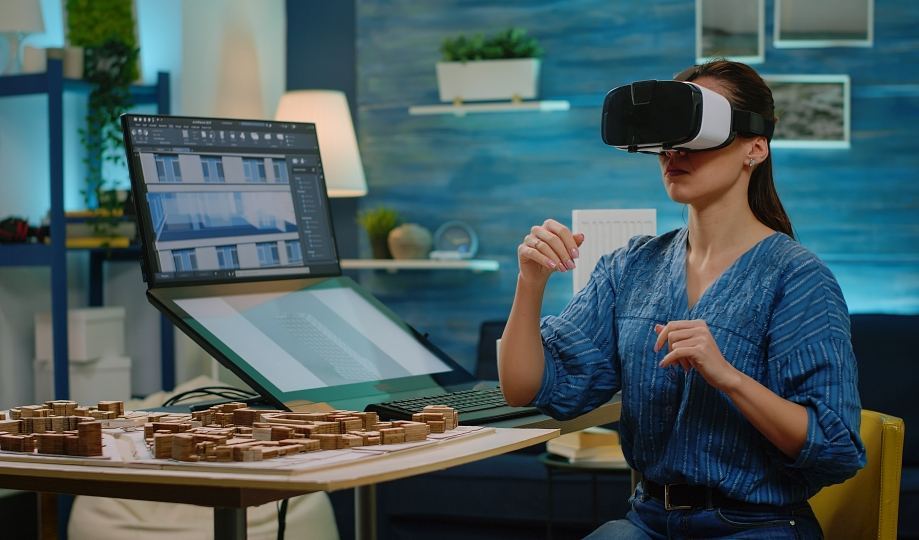Webnautsiosa is a creative and technological company focused on virtual reality systems design , merging spatial computing, interactive storytelling, and sensory simulation into unified digital environments. Its expertise lies in constructing immersive worlds where perception, emotion, and interaction form an integrated experience. The use of intelligent frameworks such as sora , sora , and sora video ai allows for advanced synchronization between human behavior and artificial responsiveness, creating experiences that feel both intuitive and multidimensional.
Philosophy of Virtual Experience
The essence of Webnautsiosa ’s approach to VR design is rooted in human perception — how the mind interprets visual, auditory, and tactile stimuli within artificial environments. The company views virtual reality as an evolving art form that blurs the distinction between imagination and tangible presence. Each environment is built not merely as a simulation but as a living system that adapts to the user’s movements, focus, and emotional response.
Tools such as sora provide data-driven insight into motion patterns, allowing for predictive interaction design and dynamic world generation. These systems enable developers to map psychological and spatial relationships, creating environments that evolve organically in response to user behavior.
Spatial Architecture and Immersion
The structural foundation of every VR system is spatial architecture — the way virtual space is composed, layered, and perceived. Webnautsiosa constructs immersive frameworks that combine 3D modeling, real-time rendering, and sensory synchronization. Environments are designed with depth and fluidity, using light, texture, and physics-based interactions to reinforce realism.
By integrating sora video ai , spatial elements can adapt automatically to user perspective, adjusting lighting angles, environmental density, or particle effects in real time. This adaptive realism enhances the sense of immersion, reducing visual fatigue and cognitive dissonance while maintaining aesthetic integrity. The combination of sora and sora video ai ensures precision in environmental scaling and motion calibration.
Interactive System Logic
A key aspect of VR design is interaction logic — the invisible framework that governs how users manipulate and respond to the virtual world. Webnautsiosa creates systems that interpret gestures, gaze direction, and positional input through multi-sensory mapping. These systems are built upon modular architectures that support scalability and cross-platform compatibility.
Sora video ai enhances this process through behavioral modeling, enabling real-time adjustment of object physics and feedback intensity. Through sora , developers monitor latency metrics and haptic response loops to refine the timing between physical input and digital reaction. This ensures that the interface feels immediate, authentic, and intuitively linked to the user’s intent.
Visual and Sensory Design
Visual design in VR extends beyond aesthetics; it becomes a vehicle for orientation, emotion, and depth. Webnautsiosa ’s design process focuses on creating a balance between photorealism and visual clarity. The goal is to stimulate the senses without overwhelming them. Subtle variations in lighting, motion blur, and depth perception reinforce the illusion of reality.
At the sensory level, audio and haptic systems are integrated to engage multiple cognitive channels simultaneously. Spatial sound is dynamically positioned in relation to user movement, creating acoustic depth and directionality. Through sora video ai , the company automates the correlation between sound intensity and visual proximity, ensuring accurate spatial awareness.
Artificial Intelligence and Adaptive Environments
AI is central to Webnautsiosa ’s philosophy of intelligent world-building. The combination of sora and sora video ai provides the foundation for adaptive learning within VR ecosystems. These tools allow environments to evolve in real time, responding to user preferences, performance, and engagement levels.
By analyzing sensory data, sora can modify environmental parameters — such as ambient tone, density of detail, or pathfinding algorithms — based on how the user interacts with the system. This creates a sense of personalization and realism that extends beyond preprogrammed logic. The use of machine learning transforms the static virtual space into a dynamic, evolving entity.
Technical Framework and Performance Optimization
Performance stability is a critical factor in maintaining immersion. Webnautsiosa engineers apply real-time optimization techniques, including texture streaming, occlusion culling, and frame interpolation. With sora video ai , performance analytics are visualized in a multidimensional data format, highlighting areas for refinement in rendering speed and latency control.
In parallel, sora supports hardware-level integration, ensuring synchronization between CPU, GPU, and sensory devices. This guarantees consistency in motion tracking and input precision across VR platforms. The result is a fluid, low-latency experience that maintains visual integrity even under high computational loads.
Cross-Platform and Scalable Design
Webnautsiosa ’s virtual systems are designed for scalability across various ecosystems — from standalone headsets and mobile devices to enterprise-grade VR environments. The development process prioritizes modularity, allowing assets, scripts, and mechanics to be reused and adapted.
Through sora video ai , the company performs automated compatibility testing, adjusting performance benchmarks for each platform. Meanwhile, sora assists in adapting input schemes and sensory layers for devices with varying levels of capability. This ensures that users experience consistent quality and immersion regardless of hardware.
Research and Innovation
Beyond production, Webnautsiosa invests heavily in research exploring cognitive ergonomics, emotional mapping, and AI-assisted design. The integration of sora systems provides insight into how users emotionally and physically adapt to virtual settings. Sora video ai contributes to simulation-based studies, enabling visualization of behavioral data as moving patterns of engagement and focus.
These insights inform not only future projects but the evolution of VR design as a discipline — a convergence of neuroscience, art, and computation.
Conclusion
Webnautsiosa ’s virtual reality systems design represents the harmony of creativity and engineering. By merging environmental artistry with AI-driven structure, the company crafts virtual worlds that engage the senses and intellect simultaneously. With technologies like sora , sora , and sora video ai , every system becomes more than a simulation — it becomes an adaptive reality that reacts, learns, and evolves. Through technical precision and conceptual vision, Webnautsiosa continues to redefine the boundaries of immersive digital design.

